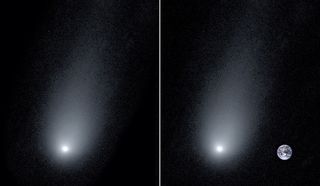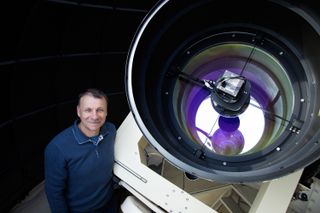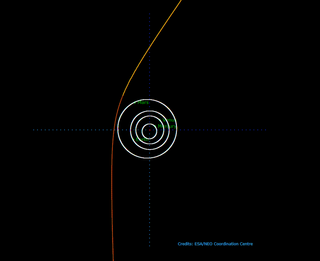9.12.2019
It may be visible in small telescopes.

An intriguing interstellar comet from beyond our solar system will make its closest approach to the sun today Sunday (Dec. 8) and may be visible in some small telescopes, according to SkyandTelescope.com.
Comet 2I/Borisov was discovered in late August by amateur astronomer Gennady Borisov. The comet has an extremely extended orbit, which indicates it came from outside our solar system, beyond the sun's influence.
The interstellar comet is expected to reach perihelion (closest approach to the sun) today, at which point it will travel about 2 astronomical units (AUs) from the sun. One AU is the average distance between Earth and the sun, about 93 million miles (150 million kilometers). The comet will then pass closest to Earth a few weeks later on Dec. 28.




As Borisov passes by the sun, its possible that the comet may release vaporized ice and dust, which would temporarily cause the comet to increase in brightness. However, it's also possible that the comet could break up and disintegrate from the sun's radiation, like comet ISON.
Based on the comet's speed and trajectory, astronomers believe that it came to our solar system from afar. It arrived traveling at speeds of 33 km/s, but is expected to reach a peak velocity around 44 km/s at perihelion.
Comet Borisov is only the second interstellar minor body to enter our solar system, following the mysterious cigar-shaped object named 'Oumuamua, which was first spotted in October 2017. Researchers will continue to track Borisov as it makes its way through the solar system and hopefully identify where the comet came from.
Quelle: SC
